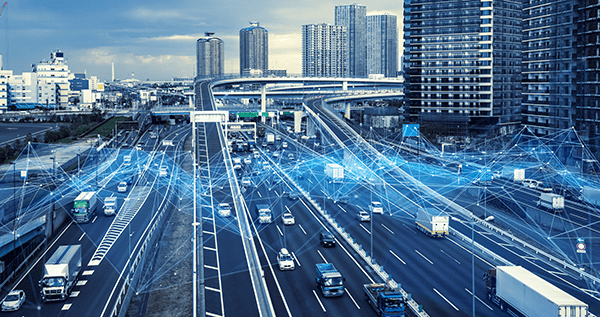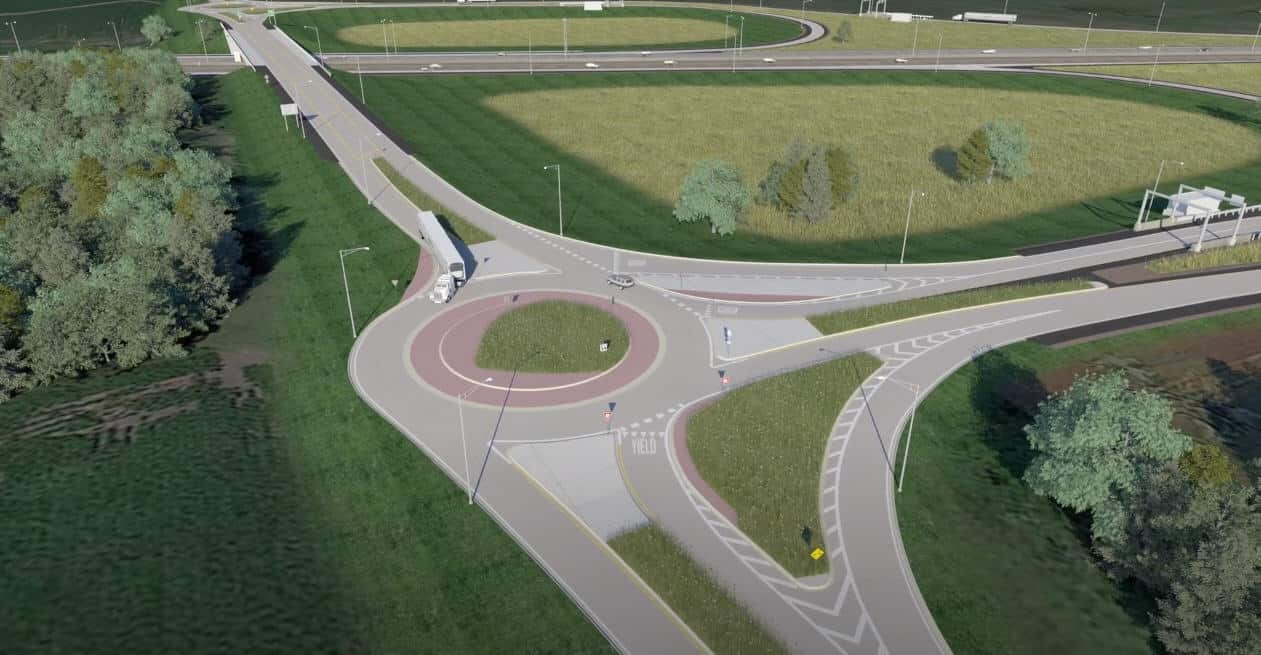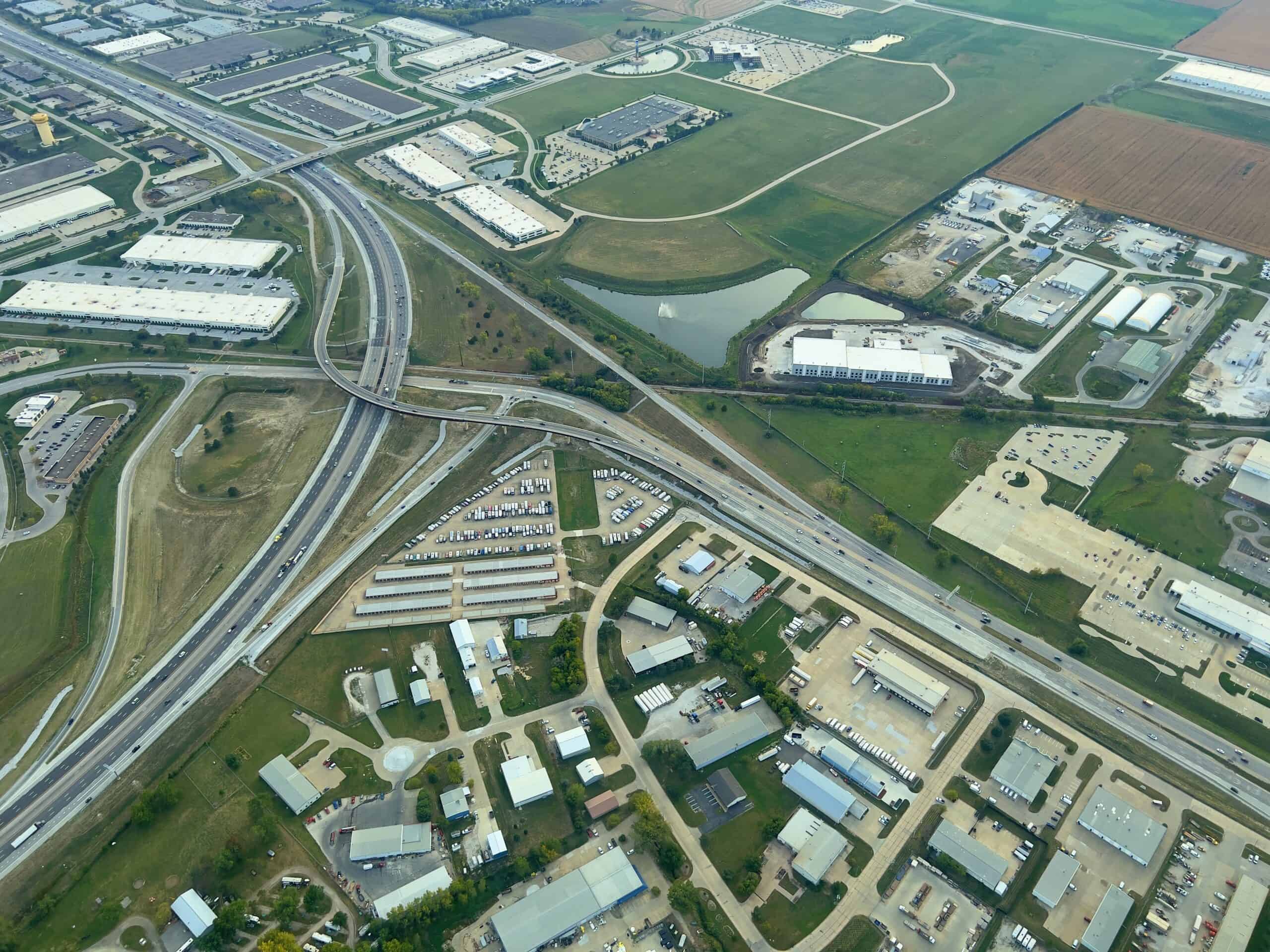
The Road Less Traveled: Pandemic Traffic Changes

COVID-19 has created several challenges in our daily lives. Many of these challenges will have lasting impacts on the future. Traffic engineering and transportation planning are no exception. Because of the shuttering of so many businesses, mandatory work-from-home policies, and shelter-in-place orders, automobile usage has markedly diminished and resulted in pandemic traffic changes.
Along with the diminished traffic, new traffic flows have taken shape as essential businesses, such as grocery stores and restaurants with takeout-only services, find new ways to operate. These pandemic traffic changes not only impact current transportation network needs; they also may impact current infrastructure investments and future planning.
What are the Impacts of Pandemic Traffic?
The immediate impact of pandemic traffic changes is with traffic operations. Not surprisingly, there are very few cars on the road. However, many signal systems are timed for peak weekday travel when, in reality, they are experiencing off-peak and weekend-type traffic. Drivers and pedestrians are experiencing long waits at intersections without competing traffic. This may result in the unsafe condition of people ignoring the signal and running the lights. Many jurisdictions are evaluating their current traffic signal timing plans and making adjustments to account for the decrease in vehicular traffic, sometimes taking signals out of coordination altogether.
When it comes to traffic safety, the natural assumption is that fewer cars on the road should lead to a decrease in fatalities. However, anecdotally, fewer cars correspond with higher speeds. Today’s roadway fatalities are associated with driving too fast for conditions and a greater speed differential between vehicles as opposed to other congestion-related incidents. Communication between traffic operations and law enforcement could identify locations for targeted speed enforcement in an effort to slow traffic to safer levels and lower fatalities.
Monitoring pedestrian traffic can also play a role in stopping the spread of the virus. Pedestrian pushbuttons are being covered by some jurisdictions to prevent the spread of the disease and signals are operating with maximum pedestrian recall to reduce the use of the pushbutton and crowding at intersections.
What are the implications to project development?
Certainly, there is an opportunity to accelerate some projects currently under construction. With lighter than usual traffic conditions, and perhaps less need to keep a route open, construction may be accelerated while following social distancing and personal safety guidelines.
Projects currently in the feasibility and NEPA phases of design and approval present other challenges. Is the current course the right one? If the project moves forward, how can the prediction of future travel be accurate given current traffic conditions? Moreover, what are the implications to the public involvement portion of this process?
These challenges can be overcome. There are new big data tools available to view changes in traffic and help predict future conditions. In addition, many web-based collaboration tools can be configured to share project information and engage the public.
A more significant issue may be that the decrease in travel also means a reduction in gas tax and sales tax revenue. Jurisdictions are now prudently trying to predict shortfalls and are curtailing expenditures to match forecasted funding streams. This will match the project development with incoming revenue. However, the Federal Government has identified the funding shortfall and is starting to see the need to include transportation infrastructure in future stimulus funding. Continuing project development can position your organization for potential future stimulus funding opportunities by creating projects ready for construction, often called “shovel ready,” and help you achieve your infrastructure needs during these difficult financial times.
What are the long-term policy and planning implications?
There has been a long-standing push for Travel Demand Management strategies such as flex hours, carpooling, and telecommuting to help reduce the stress placed on transportation systems. The COVID-19 situation has forced a vast majority into telecommuting. As the initial challenges of telecommuting are overcome, will the positives indicate that there is a possibility of allowing it to persist beyond this crisis? How will telecommuting affect policy and planning decisions? Perhaps, more infrastructure dollars will be focused on communications and community broadband projects rather than transportation in the future.
The industry has been grappling with Connected and Autonomous Vehicles and what they will mean in the future. A future with increased telecommuting could hasten the need for automated package delivery, as workers will need the products at home that were once needed at the office. Loading and unloading zones for these types of autonomous vehicles is something we can plan for at this time. Many communities are currently re-evaluating the assigned space within the right-of-way to provide additional pedestrian/bicycle amenities, along with multi-modal transit options. Curb-space management becomes an increasingly important part of the planning.
The long-term impacts of the COVID-19 pandemic traffic changes will be determined over the course of time. For certain, issues that have not yet been identified will come to the surface. The transportation industry has seen an increased focus on access management, Transportation System Management and Operations (TSMO), and practical design standards since the MAP-21 legislation was signed. While we do not know exactly what tomorrow will bring, thoughtful transportation planning will help all our communities improve the lives of the people who live within them. Now is the time to use available technology and tools to quickly and efficiently mine the data that transportation networks produce. This data will increase confidence in immediate decisions while also tracking the metrics that will be the basis for long-term policy decisions in the future.
Subscribe to HR Green Insights
We're dedicated to providing up-to-date knowledge and insights about the topics that matter most to you. We know how busy you are, so we will keep this simple, covering just one topic per email. Once you've subscribed, you can easily customize your preferences to receive only the updates relevant to you.



